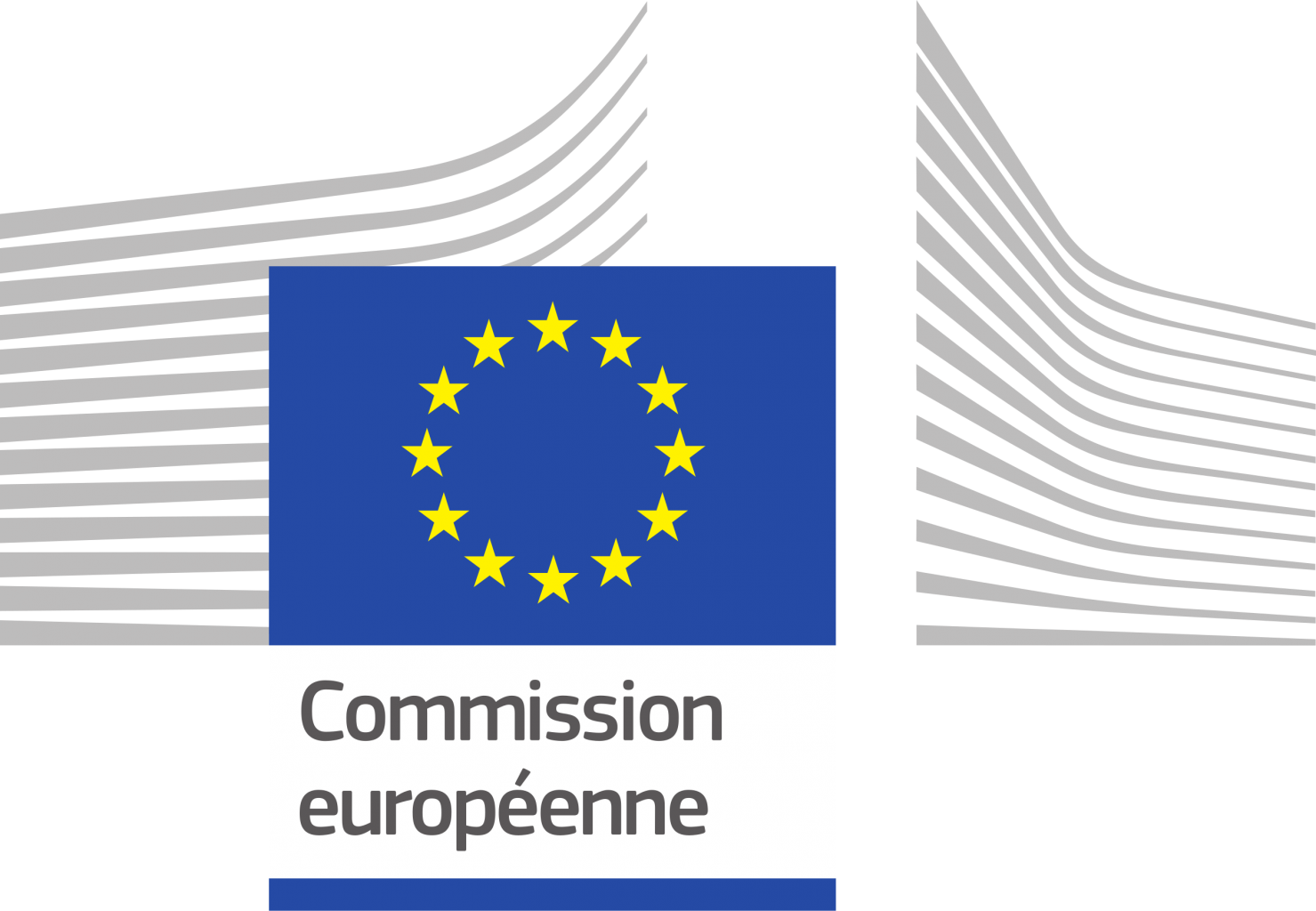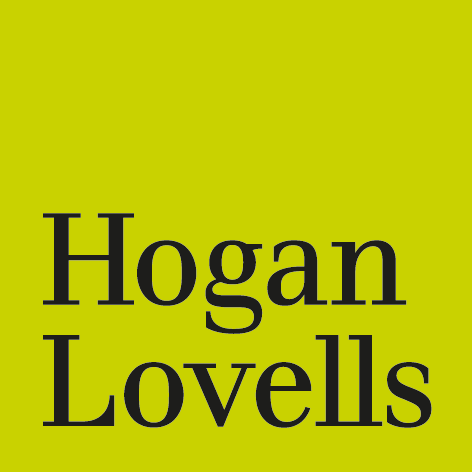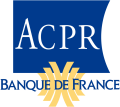
| Author(s) |
Eric BROUSSEAU Jean-François DUCOING Antoine LOUVARIS Jean-François VAQUIERI |
| Publication type | Synthesis |
September, 29th 2021
Sector regulation under the aegis of an independent regulator often stems from commitments made by Member States in the context of the construction of a single market within the European Union. Initially, the aim was often to allow competition to develop in order to encourage innovation, productivity gains and their redistribution for the benefit of users. The aim was also to enable the emergence of operators reaching critical mass. As these initial objectives were achieved, promoting the interoperability of infrastructures, the integration of markets and the harmonisation of services offered to users became the vector for the development of more or less integrated pan-European markets. Today, the imperatives represented by the ecological transition and the digital transformation are leading us to envisage the Europe of 27 as an area subject to policies and regulations that must be common if they are to be effective.
These different phases explain why cooperation between national regulatory authorities became necessary once they were firmly established as independent agencies. They also highlight the reasons why this cooperation tends to strengthen over time. For all that, the regulatory authorities remain eminently national, and the national executives have often been anxious to retain significant means of action in sectoral public policy, as they consider this to be an essential element of sovereignty. Furthermore, apart from the somewhat exceptional case of the monetary and financial sector, no European (sectoral) regulatory agency has been set up, limiting de facto the possibility of 'regulating' at EU level, at least by relying on an authority that would have the legitimacy to implement a truly unified framework.
In such a context, the implementation of coherent sectoral regulations and public policies at European level depends crucially on the cooperation mechanisms set up by national regulators, as well as on any support these mechanisms receive from the European Commission. It is therefore essential to take stock of the way in which coordination between regulators can take place at European level, by observing and comparing the contrasting practices that can be observed from one sector to another.
The conference will be organised around two round tables. The first will consider sectors which, while having highly contrasting practices of cooperation between national regulators, operate in sectors whose boundaries remain clearly defined, whether transport, energy or financial markets. The second round table will look at regulatory authorities whose remit is being challenged by the digital revolution. European cooperation is therefore taking place in a context where cross-sectoral cooperation also needs to be developed.

























